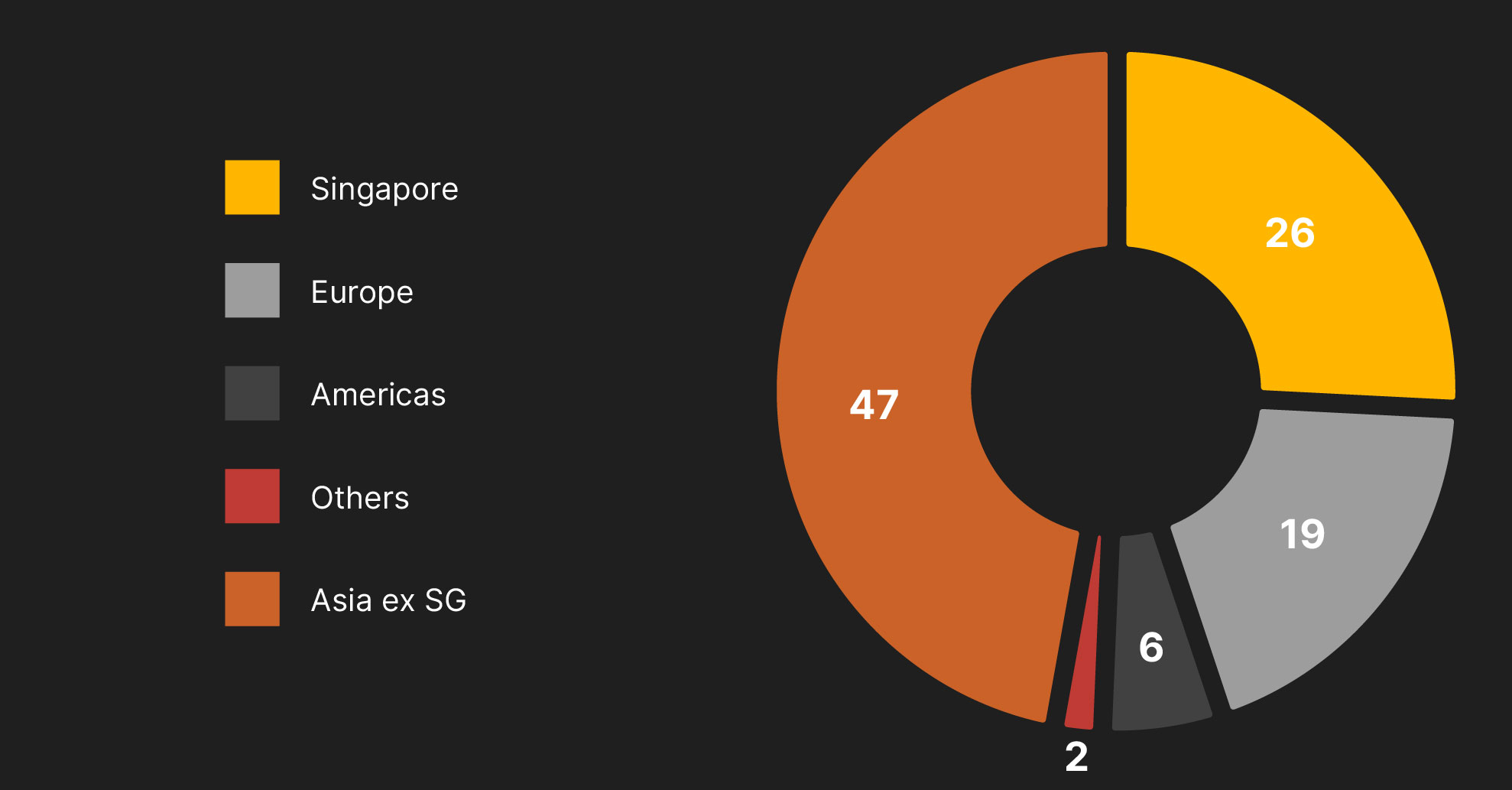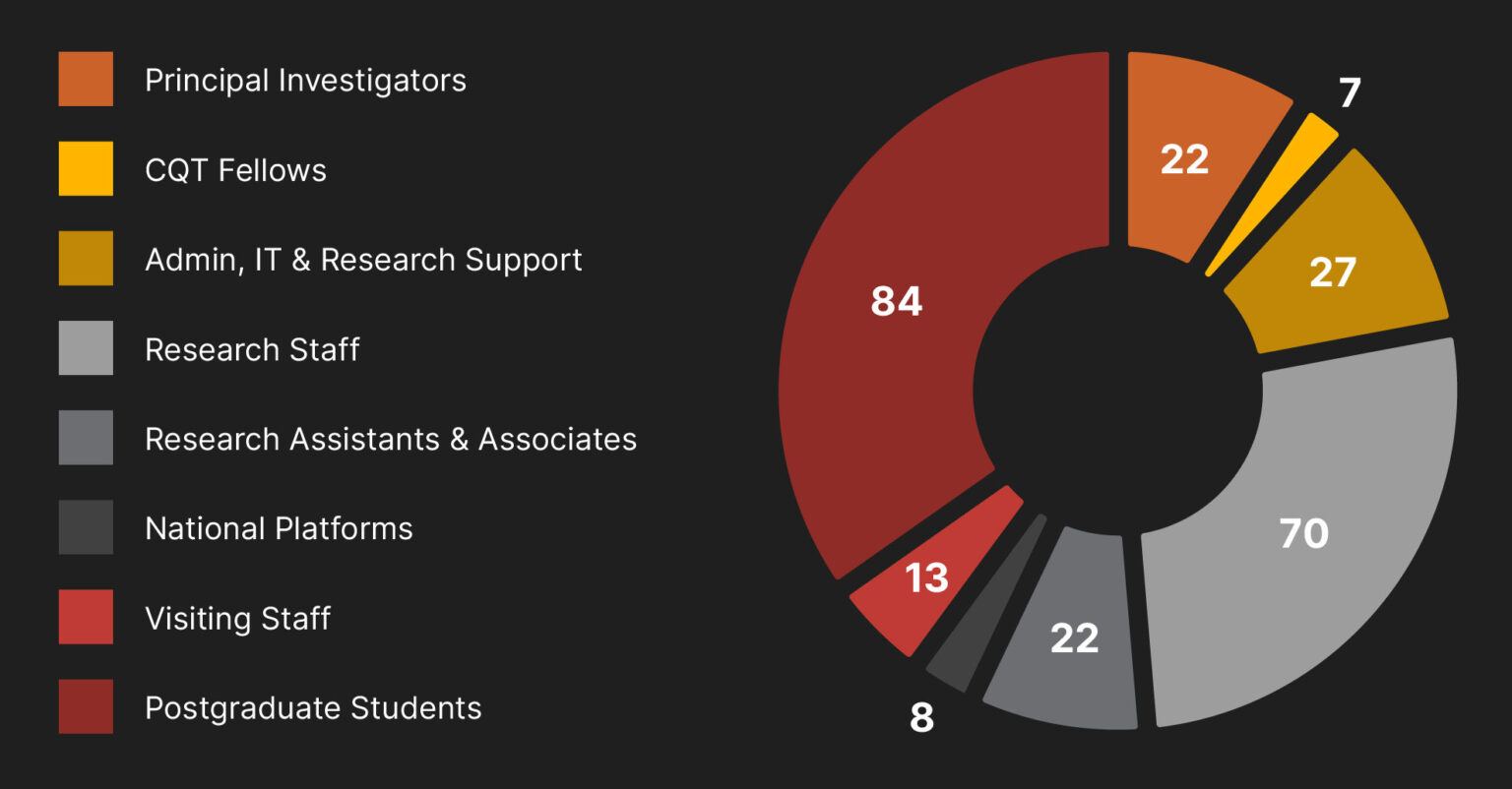Singapore a stop in the global QuanTour
CQT hosted a globe-trotting quantum light source for scientific measurements and sight-seeing
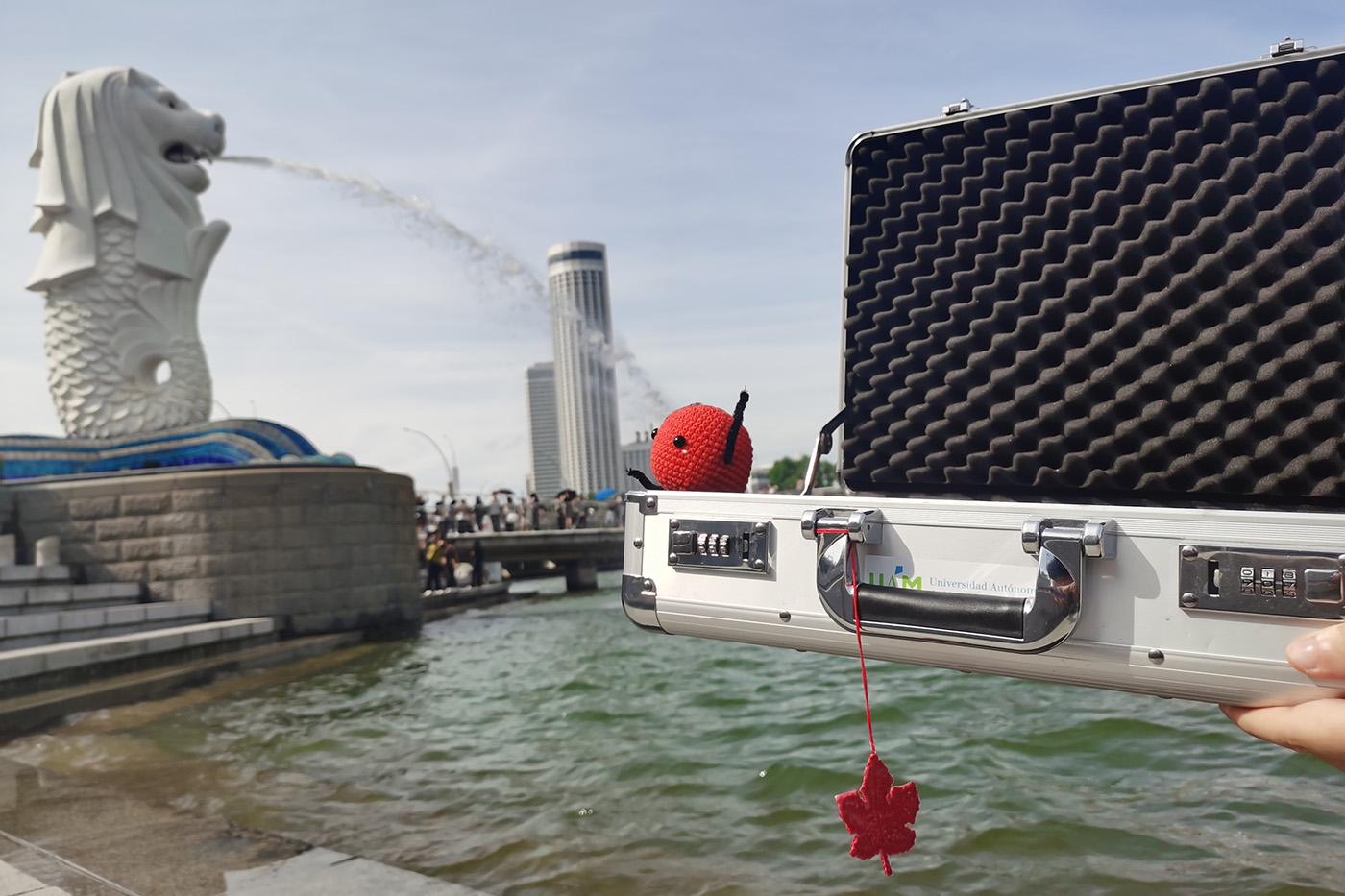
Drinking in the sights in Singapore! The QuanTour source arrived here from Canada and visited tourist highlights such as Merlion park and Gardens by the Bay.
CQT hosted a globe-trotting quantum light source in October for its first and only stop (so far) in Asia.
The visit was part of QuanTour, an outreach project supported by the German Physical Society for the International Year of Quantum Science and Technology (IYQ). It features a quantum light source, which generates single photons from quantum dots, travelling to labs around the world in a briefcase. Single photon sources are key for quantum technologies such as quantum communications.
Teams at each stop have performed scientific measurements on the source and documented its visit with pictures and video, shared to a growing audience on the project’s Instagram channel.
“What I appreciated most was the opportunity to establish connections with quantum research groups from all over the world and to explore possibilities for future collaborations. The QuanTour project provided a smooth and meaningful start for us to get to know one another. It was also a great chance to experience different countries and cultures,” says Research Fellow Zhang Haoran, who was the host in Singapore. He is a CQT affiliate at Nanyang Technological University working in the group of CQT Principal Investigator Gao Weibo.
Well travelled
Singapore was QuanTour’s 17th stop. The source arrived from its previous location at the National Research Council in Ottawa, Canada, having travelled before to countries in Europe including Germany, Italy, Spain, England, Denmark and Sweden.
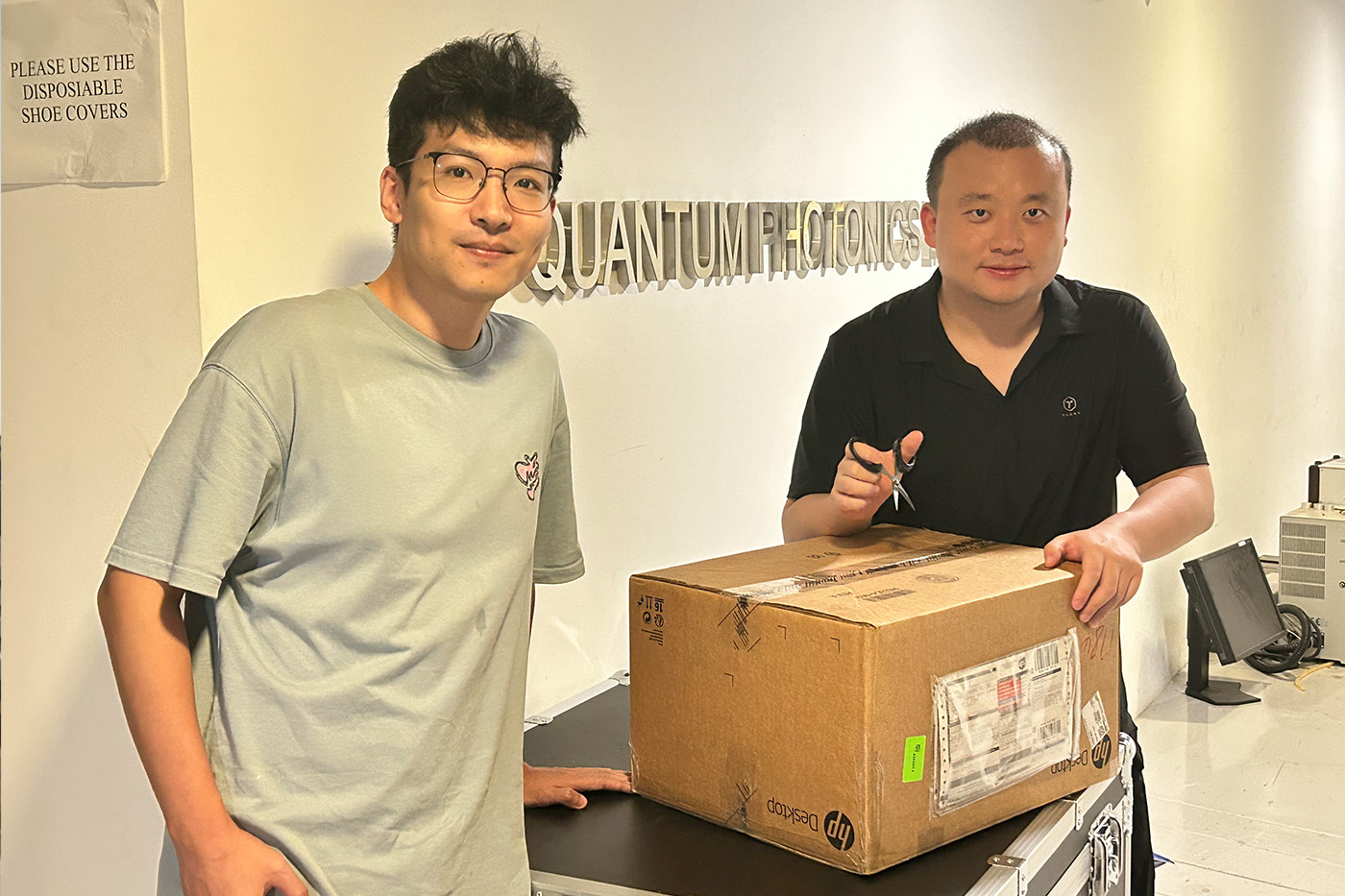
Professor Doris Reiter at TU Dortmund and Professor Tobias Heindel, formerly at TU Berlin and now at the University of Münster, conceived the project as being something like an Olympic torch relay. They wrote about the experience, “outreach, just like research, thrives through collaboration. Partnering with established institutions and strong communicators can amplify ideas and make them visible to entirely new audiences.”
Recognising the project’s reach and impact, the UK Institute of Physics awarded the QuanTour team the 2025 IOP Lise Meitner Medal and Prize. The source was hand-carried by Haoran back to the group just in time for them to receive the award at a ceremony in London on 5 November.
Science and sights
While the source was in Singapore, Haoran worked with fellow group members Research Fellow Mingcheng Panmai and PhD student Dening Luan to conduct measurements. Beyond its outreach goals, QuanTour will investigate repeatability, reproducibility and forms of standardisation for quantum-optical measurements.
The source is a chip containing several cavity-enhanced, InAs quantum dot-based quantum light sources emitting at around 900-930nm. The team measured features such as the spectrum and correlations in the emitted light.
“Everything went smoothly,” says Haoran. “Although our results were consistent with those obtained by other groups, the data still gave us greater confidence in the reliable operation of the quantum dot devices.”
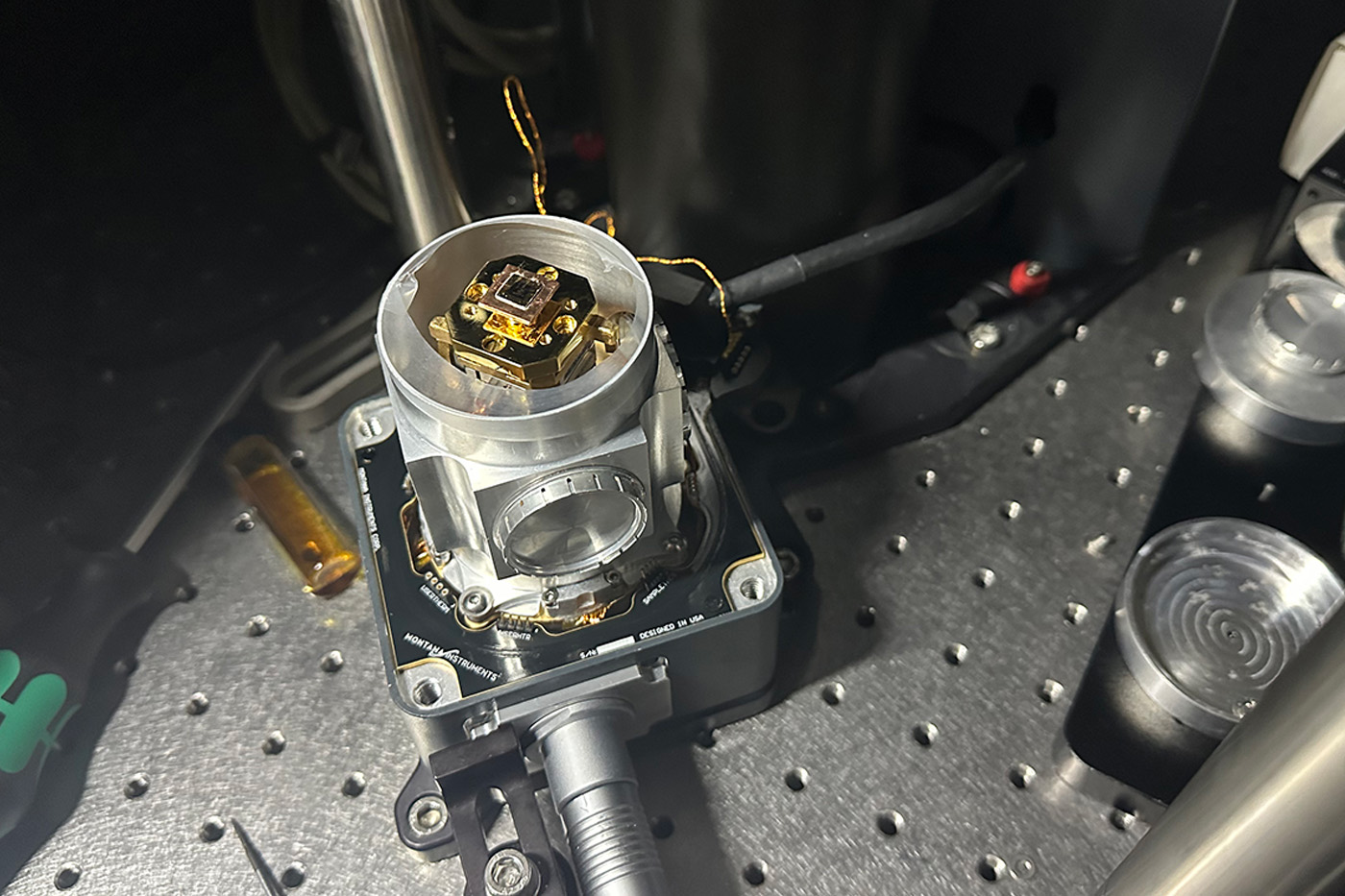
It was not all work and no play. Leaving the lab, Haoran, Mingcheng and Dening took the source sightseeing. They visited tourist highlights in Singapore such as Gardens by the Bay and Merlion park. They also took the source along to a hawker centre to enjoy local foods and to the Quanta School exhibition at Science Centre Singapore. See the photos from @quantour.eu on Instagram.
With support from the Wilhelm and Else Heraeus Foundation, Haoran then flew with the source to Berlin. He took the chance to visit the QuanTour team at TU Berlin and give a talk about his group’s research. He was hosted by postdoctoral fellow Lucas Rickert. Haoran also handed back the source in its briefcase, which is covered in stickers from its travels, now including a few from Singapore.



